Trip Report: Mongolia
Visited in July 2023
Mongolia. A mystical land of nomads, dynasties and warriors, a country full of history. The East Asian country is not a mainstream destination, but stands for adventure tourism of a type that does not exist so often in this world. To travel once in the footsteps of Genghis Khan through the vastness of the country, to visit the Gobi Desert and to see how the Mongolians live today. This is probably the idea of most people who travel to this country.
Once an empire, today just 3.3 million Mongolians live on an area of 1.6 million km² sandwiched between China and Russia. That means 2.1 people per km² and makes Mongolia the most sparsely populated country in the world. Another 5 million Mongolians live in Inner Mongolia in China, by the way, making it the largest Mongolian population in the world.
For me, Mongolia was country 154/197 and the last one in East Asia. This is probably because Mongolia is not really well connected to the rest of the world. Only a handful of countries offer flights to Mongolia. The only two European airports that fly to Mongolia’s capital Ulaanbaatar (fun fact: the capital with the most “a” in its name): Frankfurt and Istanbul.
In addition, the time span in which you can visit Mongolia is relatively small. At least theoretically. Mongolia is a cold country with long winters. The summer extends over a short period of time, from mid-June to mid-September. Of course, it is possible to visit Mongolia outside this period. But with night temperatures of -30°C in March, the question arises how fun it is.
I traveled through the 19th largest country in the world in July for a week. Together with Monir, with whom I was already in Jordan last year, I visited the capital and its surroundings and the Gobi Desert. In this article I describe what it is like to travel in these places and my general conclusion about Mongolia.
Ulaanbaatar
Ulaanbaatar was the starting and ending point of our trip. On our first day in the capital city, the temperature was around 15°C. It was windy and felt like a late autumn day in Europe. Ulaanbaatar is the coldest capital city in the world. The city lies at a relatively high altitude, gets a lot of Siberian air, and is far from away any coast. The average annual temperature is just 0.2°C.
Almost every second inhabitant of Mongolia lives in the capital. The city seems big, very big even. Most of the time I had the feeling to be in a city of 3-4 million people instead of “only” 1.3 million. The city is sprawling and the distances between the places worth seeing are long, but you can still visit everything on foot.
This is what we did on our first day. Admittedly, Ulaanbaatar is not a city that could fill an exciting “top 50 things to do” list. There are some attractions and one or two of them really good. Besides, you can also find some museums. My personal highlight was the Zaisan memorial. On the one hand, because from this hill you have a great view over the city and also see how gigantic it is.
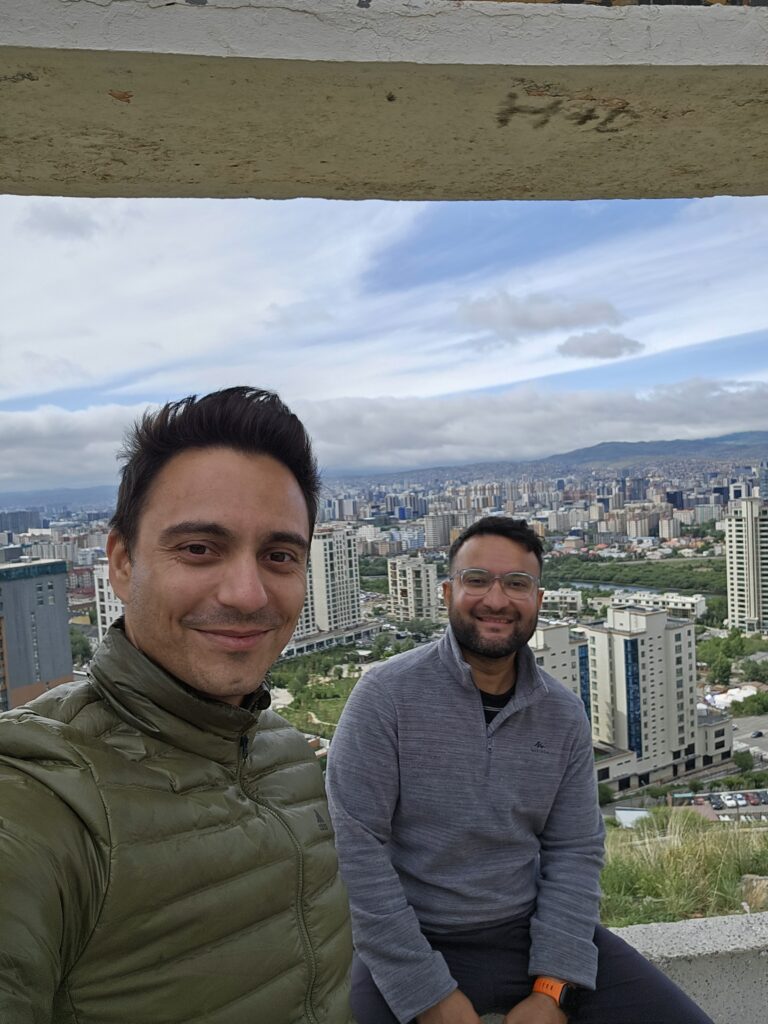
On the other hand, because of the Soviet monument that you find up there. Ulaanbaatar feels – not only because of this monument – like a typical former Soviet city. That means an abundance of ugly Soviet houses mixed with modern skyscrapers, plus various other statues that are very reminiscent of the Soviet Union.
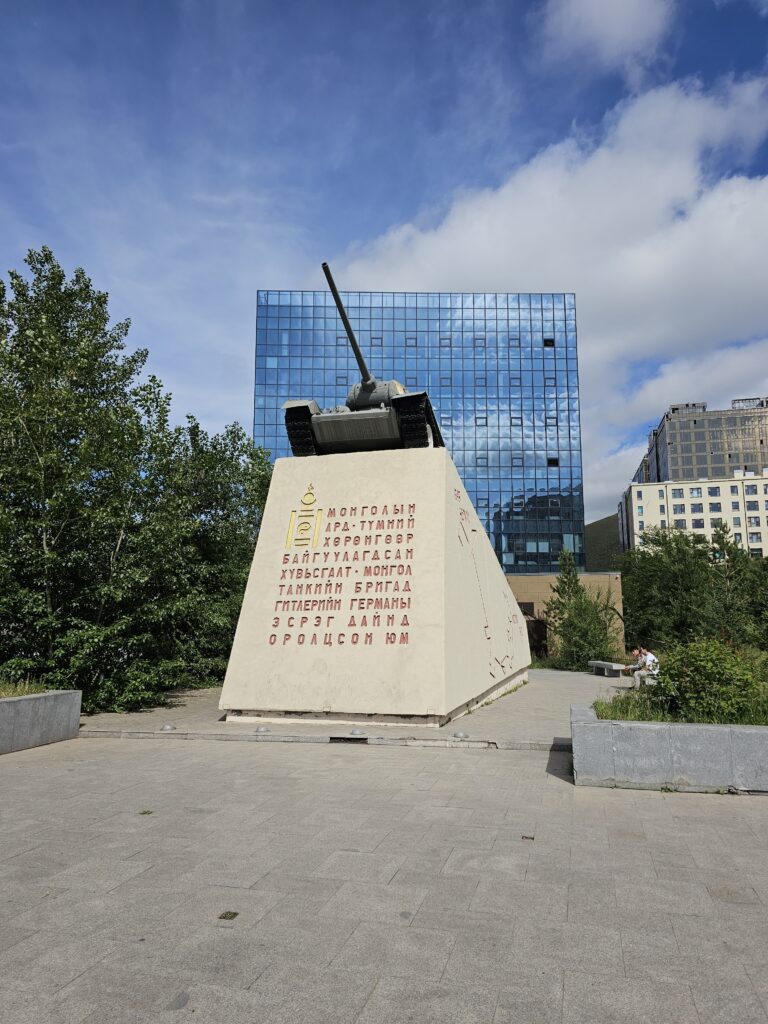
The funny thing is that Mongolia was never a member of the Soviet Union. Instead, it was a satellite state. That is, an officially sovereign country, but one that is heavily dependent on another country – in this case, the Soviet Union. It was surprising to me how strong the Soviet influence is. Ulaanbaatar is not a really nice city and in my opinion it reminds a lot of Central Asian capitals like Bishkek or Tashkent. In general, Mongolia has much more similarities with Central Asian countries than with East Asian ones.
Definitely the biggest difference between Central Asia and Mongolia is religion. While all Central Asian countries are Muslim, Tibetan Buddhism is the predominant religion in Mongolia. You are reminded of this every now and then in Ulaanbaatar. On the one hand by some religious tourist attractions like for example the Gandantegchinlen Monastery or on the other hand by Buddha statues in the middle of a residential area.
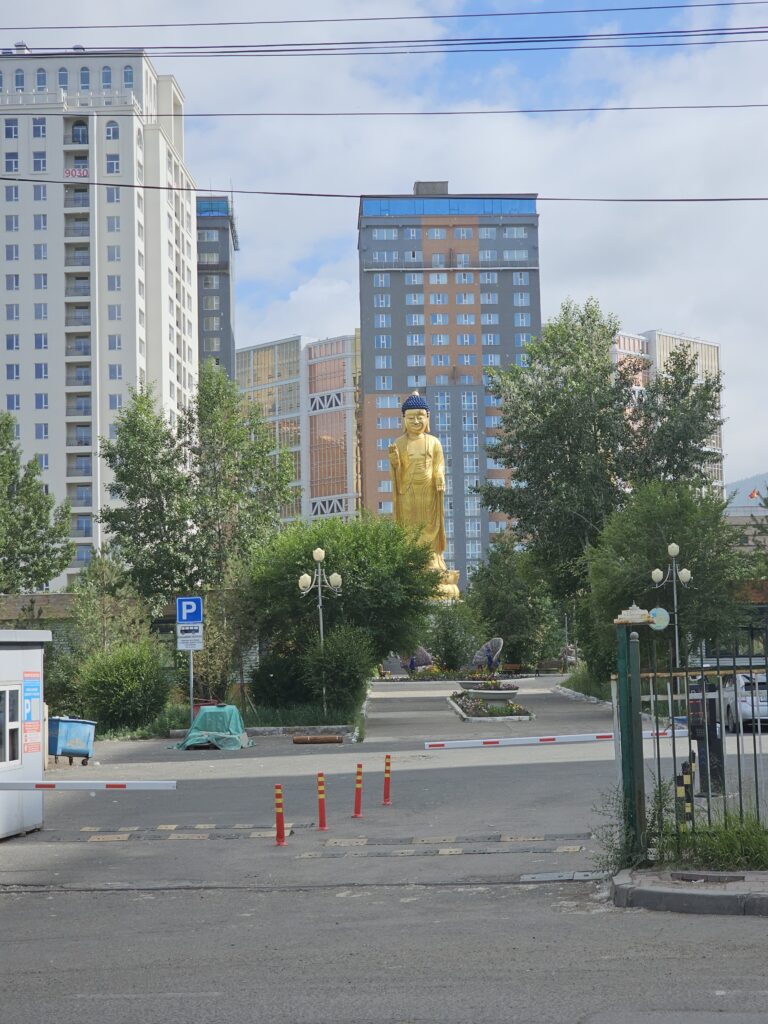
What is also terrible in Ulaanbatar is the traffic. While Mongolia is the least densely populated country in the world, the capital is among the most congested. Finding a cab can also be a hassle. There is the UBCab app, sort of the Uber of Mongolia. However, this app was completely useless. Out of about eight cabs ordered, just one showed up. Nota bene, after we had waited for about 20 minutes.
Interestingly, in Ulaanbaatar, practically every third car is a cab. Locals often just stand on the side of the road and hold out their hand. Some cars (without cab signs) then stop and give people a ride. You could try that as well. However, I am not sure how easy this is going to be for a foreigner, since most Mongolians don’t speak English.
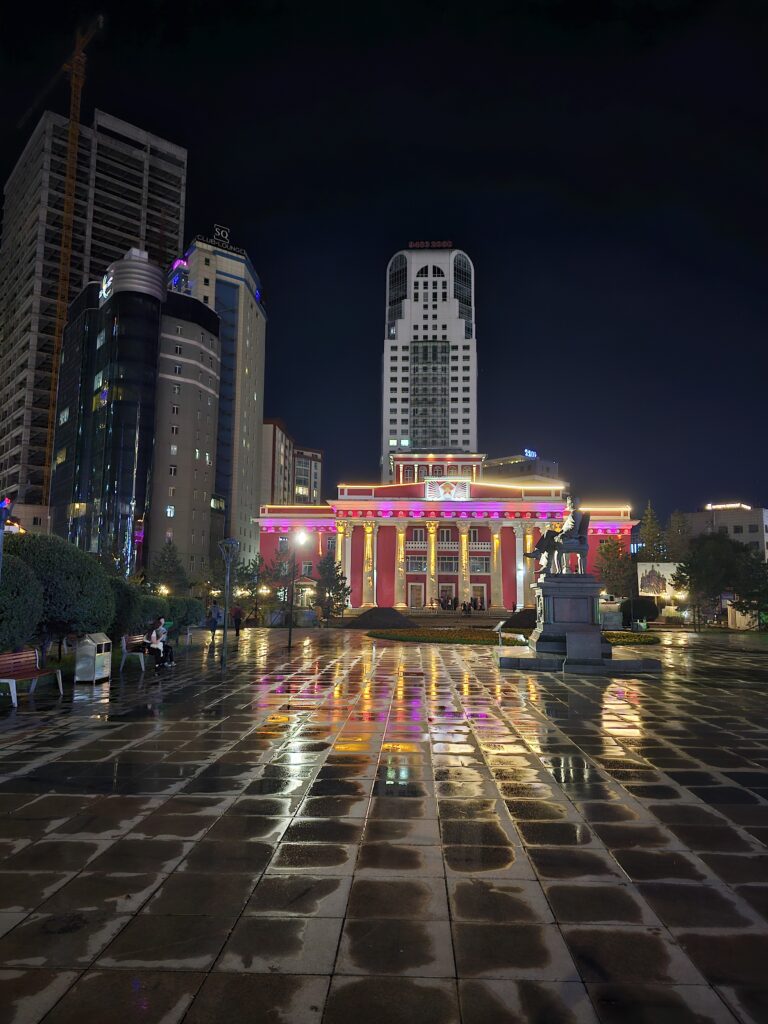
On the positive side, Ulaanbaatar is not an expensive city. You can find decent 3-star hotels in the city center for €40 per night. In the city’s best-rated restaurants, you eat for around €15-20, but that is for a starter, main and a drink. Of course, you can get cheaper food in local restaurants (not sure if you want that, though). Even the goods in the convenience stores cost only about a third or a quarter of what you would pay in Western Europe.
By the way, if you are wondering where to book your hotel… we stayed at Hotel Nine, only about a two-minute walk to the Sukhbaatar Square. This square is the absolute center of the city and in my opinion the best area to stay. Because you can walk to every attraction and you will also find plenty of restaurants in this area.
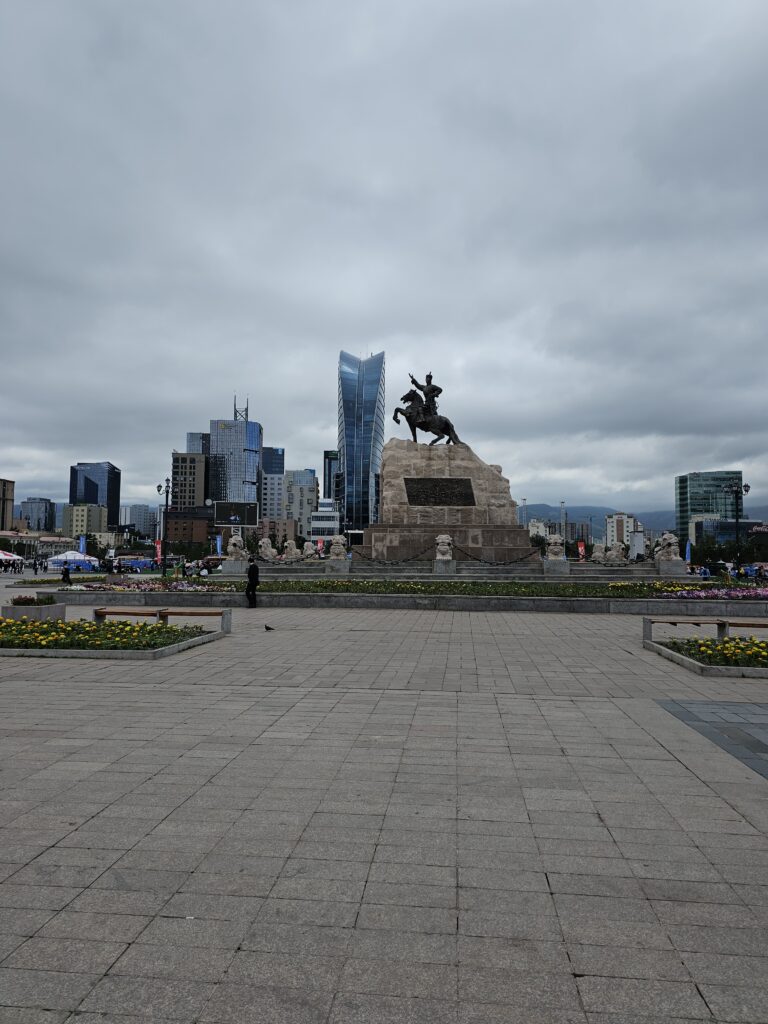
I was also fascinated by the fact that you can find luxury brands such as Rolex in Ulaanbaatar. Of course, they are not cheaper than in European countries. However, finding such brands in a country always gives me the feeling that the country does not too bad.
On our second day it rained practically continuously. It was a day to forget and about time to leave this city…
The Gobi Desert
We spent the next three days in the Gobi Desert. The sixth largest desert in the world is undoubtedly the biggest tourist attraction in the country. However, the Gobi takes one or the other toll, which already starts with getting there. There are basically two ways to get from Ulaanbaatar to the Gobi. Either you fly (flight duration is about 75 minutes) or you take on an approximately 11-hour car ride.
Actually, this should be a no-brainer, were it not for the terrible flight times. Our outbound flight to Dalanzadgad was at 4:30am and since the Ulaanbaatar airport is an hour away from the city center, that meant we had to leave our hotel at 2am. The return flight at 7.30am was then almost a luxury in comparison.
The three days in the Gobi can be summarized as follows: long days in the car on awful dirt roads, beautiful and varied landscapes, harsh weather conditions (sun, wind, sandstorms…) and overnight stays in so-called tourist gers. Tourist gers are camps in the desert where you sleep in yurts. The yurt is called ger in Mongolian. The Tourist Gers have electricity, showers and toilets. The alternative would be local guest houses. Without electricity and showers.
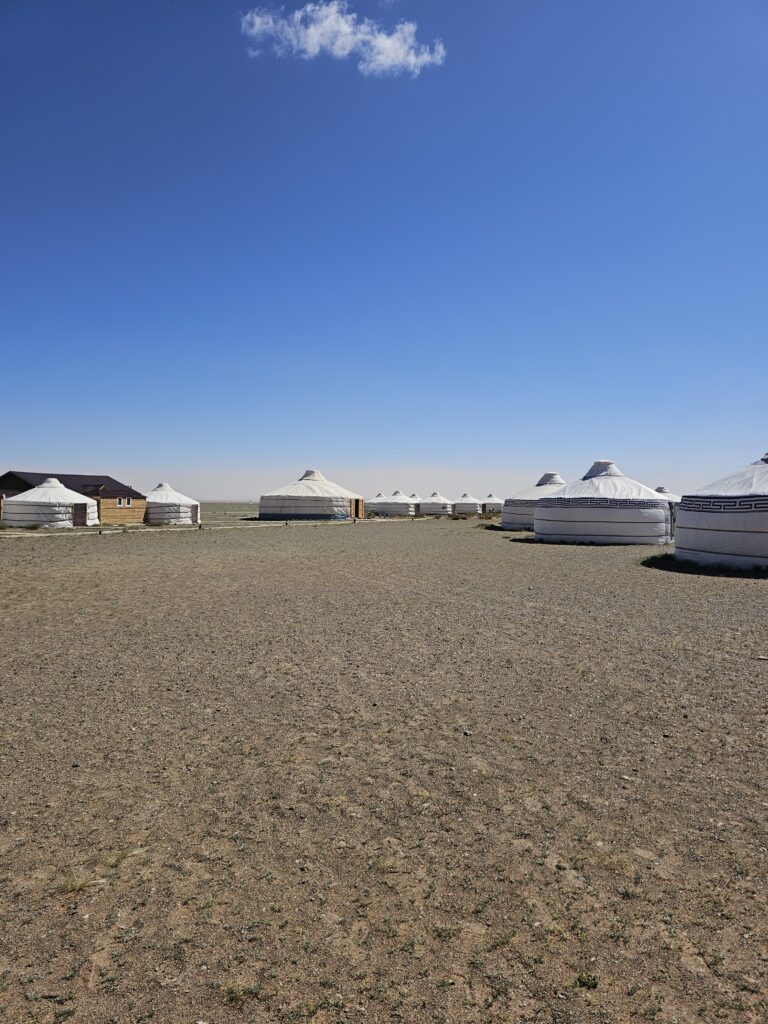
In the three days we visited the following places of the Gobi: the Flaming Cliffs, famous for its dinosaur fossils, the Khongor Singing Dunes, a 185km long sand dune up to 800 meters tall, and Yolyn Am, a gorge with a sheet of ice in it. All three places were quite different. So it’s not as if all you see in the Gobi is sand. Not at all, the desert is mostly a dry stone desert (officially categorized as a so-called cold desert).
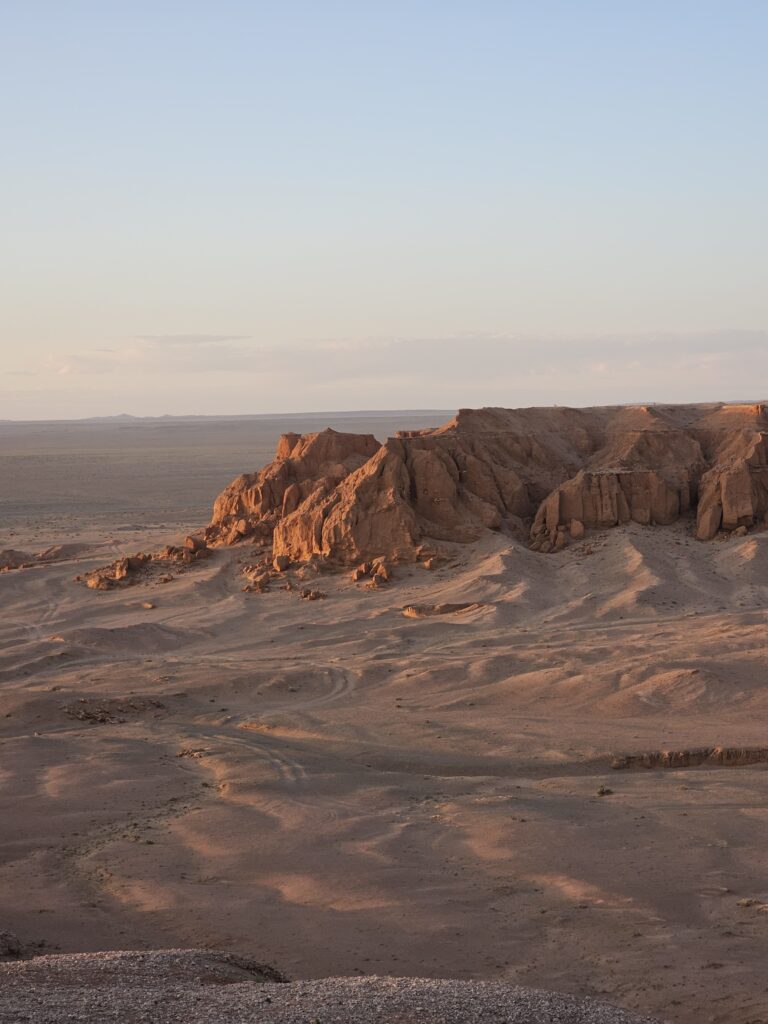
Otherwise, as I mentioned before, we mostly drove all morning, then had lunch first, and spent 1-2 hours seeing a place after that. So it was not the most action packed but still an exhausting trip. For that, the dirt roads of the desert require a somewhat robust stomach. I rarely get sick in the car, though I did have to concentrate occasionally to keep from getting sick.
What was also cool were the many animals that live in the Gobi. We saw camels, sheep, horses, rabbits, snakes, lizards, yaks, gazelles and cows. Actually quite amazing how many animals live in this wasteland.
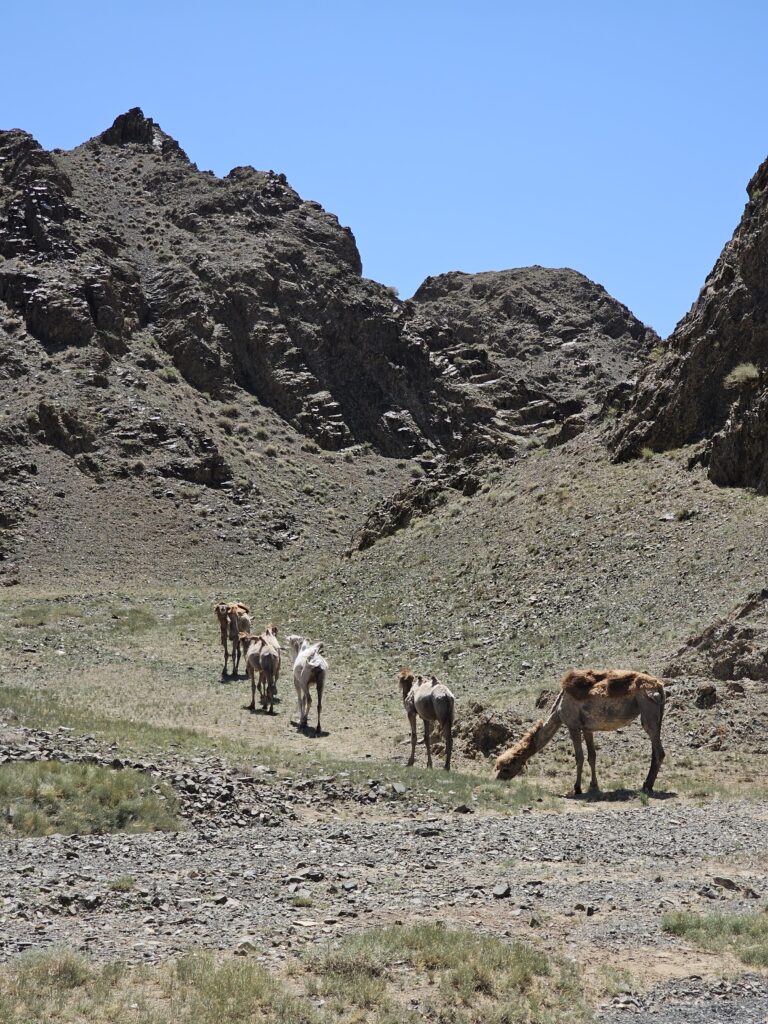
The Gobi Desert was definitely a cool place and should not be missing on any Mongolia itinerary. I actually found the three days just right and would also recommend flying instead of doing the long drive from Ulaanbaatar to Dalanzadgad, even if it means skipping a stop or two along the way.
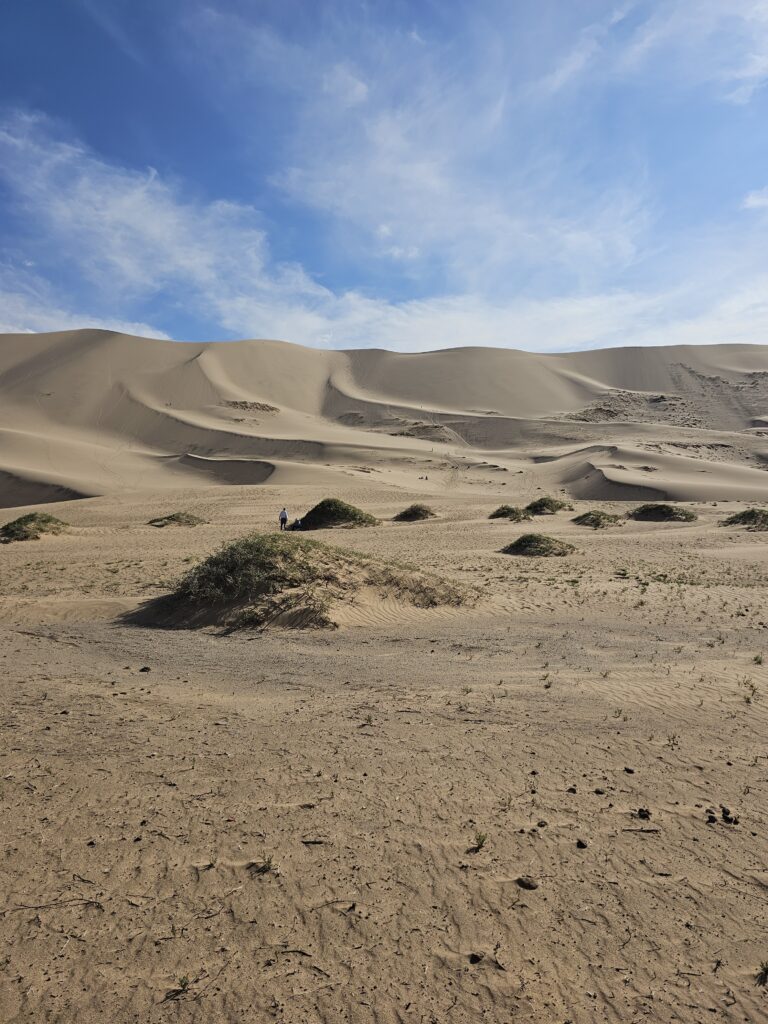
However, I would also be lying if I denied that the Gobi was tiring. The nights were cold and sometimes noisy, the days were hot and some activities, for example climbing the Khongor dune, were quite strenuous. For this reason, after the Gobi, you look forward pretty much to civilization in Ulaanbaatar.
The Genghis Khan Equestrian Statue & Gorkhi Terelj
The most popular day-trip from Ulaanbaatar is the Gorkhi Terelj National Park, which is a good hour by car east of the capital. Originally we wanted to do this trip on our second day in Mongolia. But because it rained non-stop that day, we postponed it until the end of our trip.
We were picked up at the airport right after our flight from Dalanzadgad to Ulaanbaatar and then driven to the national park. Before we got there, however, there was a stop at the Genghis Khan Equestrian Statue. This statue is with its 40 meters the tallest equestrian statue in the world.
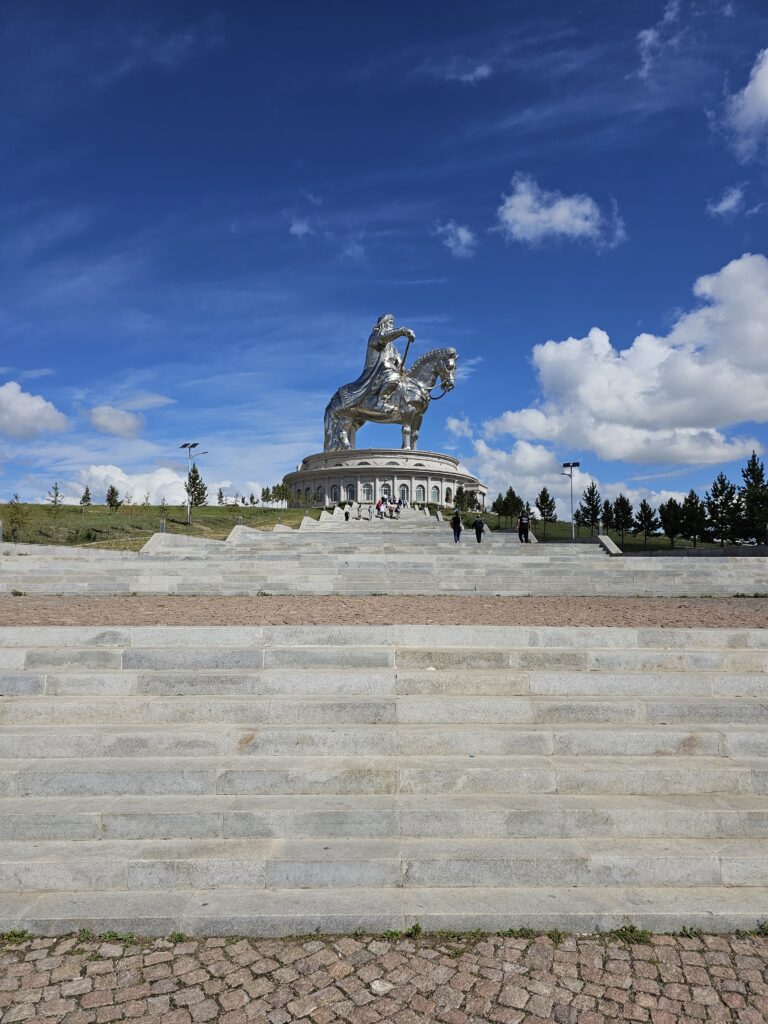
You can even enter the statue. In the basement there is a small museum about Genghis Khan and the history of Mongolia. Besides, you can take the elevator up the statue and climb on the back of the horse’s head. Since there were clearly too many people up there, the experience was rather terrible. But at least the view was not bad.
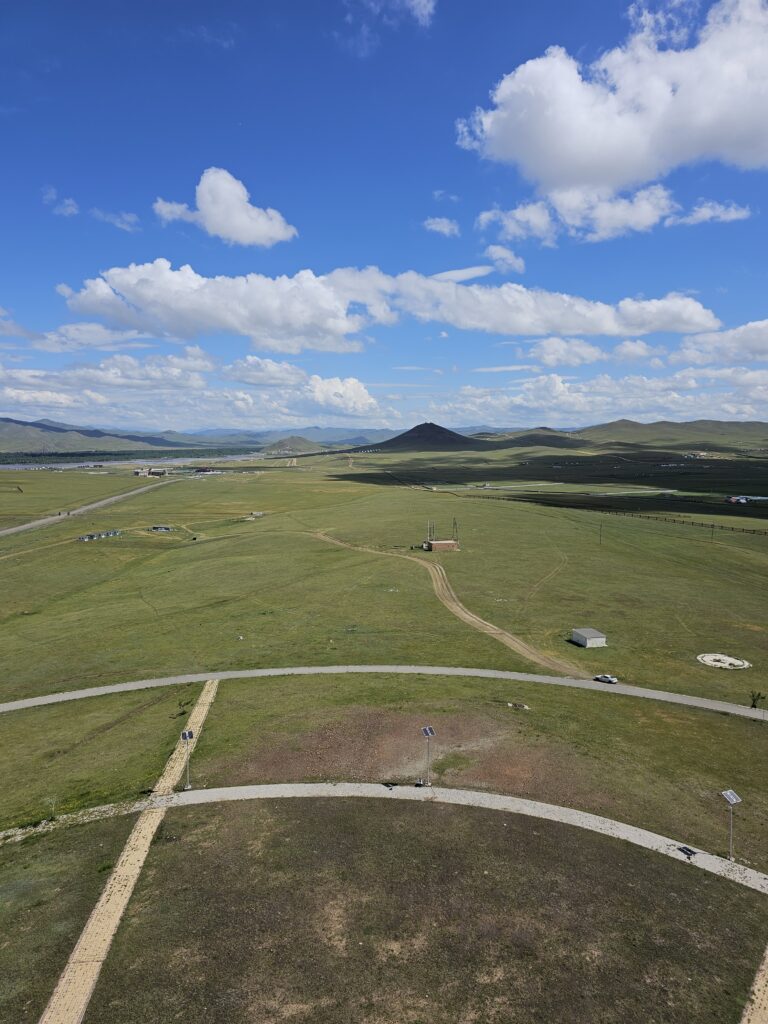
Besides, I guess it seems to be a matter of luck whether a lot of people are up there or not. I’ve seen several pictures on social media where the people who posted it seem to be the only ones there.
Genghis Khan is a legend, not only in Mongolia, where he is undoubtedly the greatest national hero of all time. Also elsewhere in the world he is one of the most important figures in history. Allegedly, one out of 200 people living today is descended from Genghis Khan. The guy had six wives and over 500 mistresses. We don’t have to speculate about what his greatest hobby was besides battles.
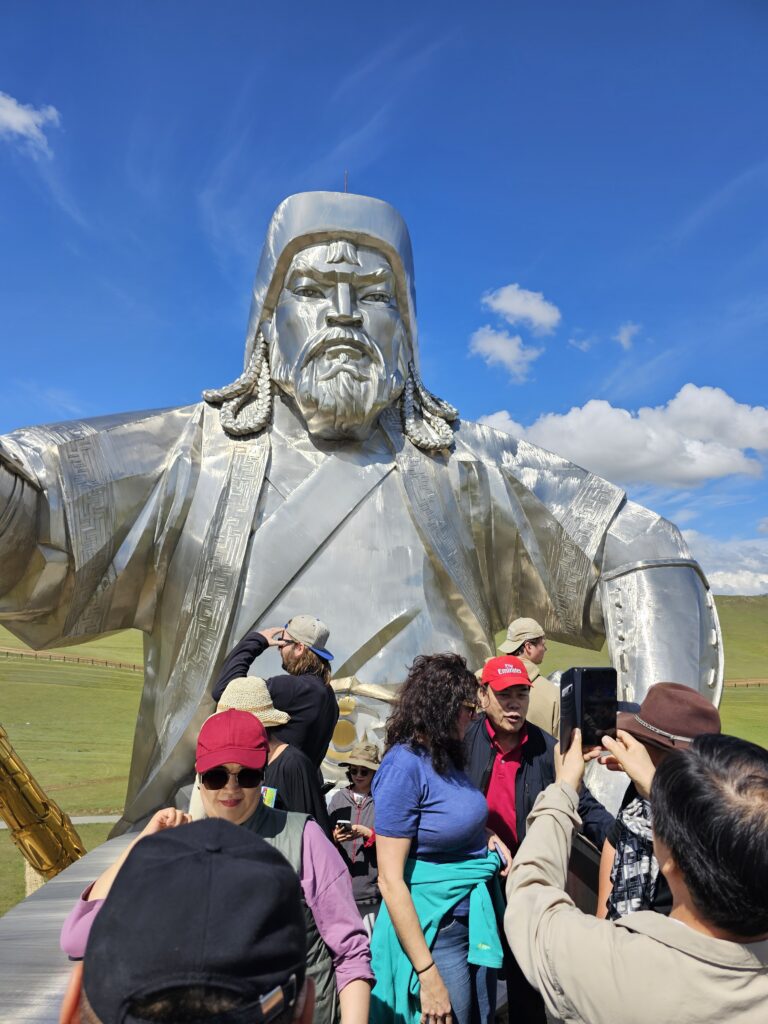
The Gorkhi Terelj National Park was a bit of a disappointment. Not because it wasn’t beautiful or anything. Quite the opposite. It reminded me of Switzerland, simply with yurts in the middle of the landscape.
But what I found a pity were the hardly existing activities in this National Park. To be precise, a typical tour consists of three stops: the completely irrelevant Turtle Rock, a monastery that offers a nice view, and horse riding. We declined the last one.
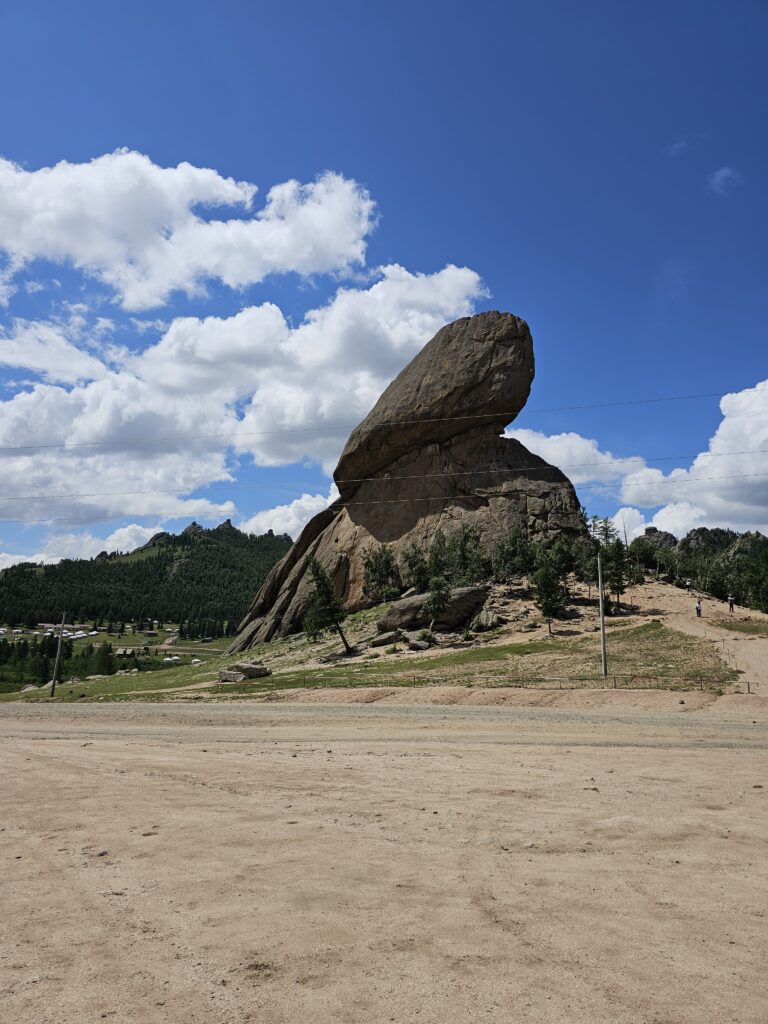
I assumed there would be a hiking trail or two and, most importantly, more viewpoints. So I found what we were offered a bit underwhelming. The view from the monastery was nice, but that was the only highlight. For me, therefore, a rather disappointing National Park, from which one could make more. Is Gorkhi Terelj worth the trip? I am not saying it’s not. I’m just saying that you should keep your expectations low.
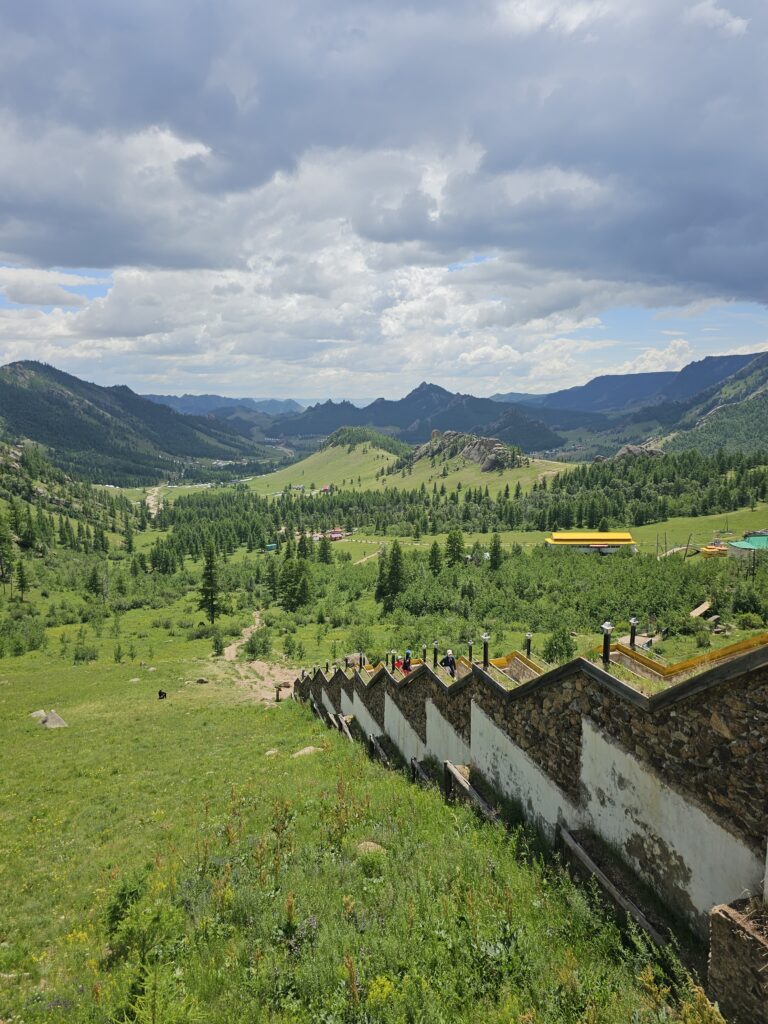
On the last day I was alone, because Monir left. Actually, I wanted to visit the Khustai National Park on this day. However, I did not feel like it anymore. Would probably have looked similar to the Gorkhi Terelj National Park, just with wild horses in it. Another 110 USD was not worth it to me.
The bottom line – how was Mongolia?
After one week the trip in Mongolia was over. To be honest, I wasn’t entirely unhappy about it either. I saw what I wanted to see and was ready to go home again.
Looking back, when I characterize this trip, I have to describe it as pretty exhausting in the first place. Jet lag, short nights (sometimes noisy, sometimes cold), long car rides, and harsh weather conditions ensured that I was basically tired throughout the trip. However, at the end of the day, Mongolia is an adventure destination and not a country you travel to for recreation.
And yes, it was often cold. But what do you expect when you go to the coldest capital in the world? Funnily enough, I thought that the time in Ulaanbaatar will be chilly, but the Gobi will be hot. Accordingly, I took a pair of long pants, a sweater and a jacket. But the truth was that I wore these three clothes practically every day. Mongolian summers do not mean 30°C and I had to learn it the hard way.
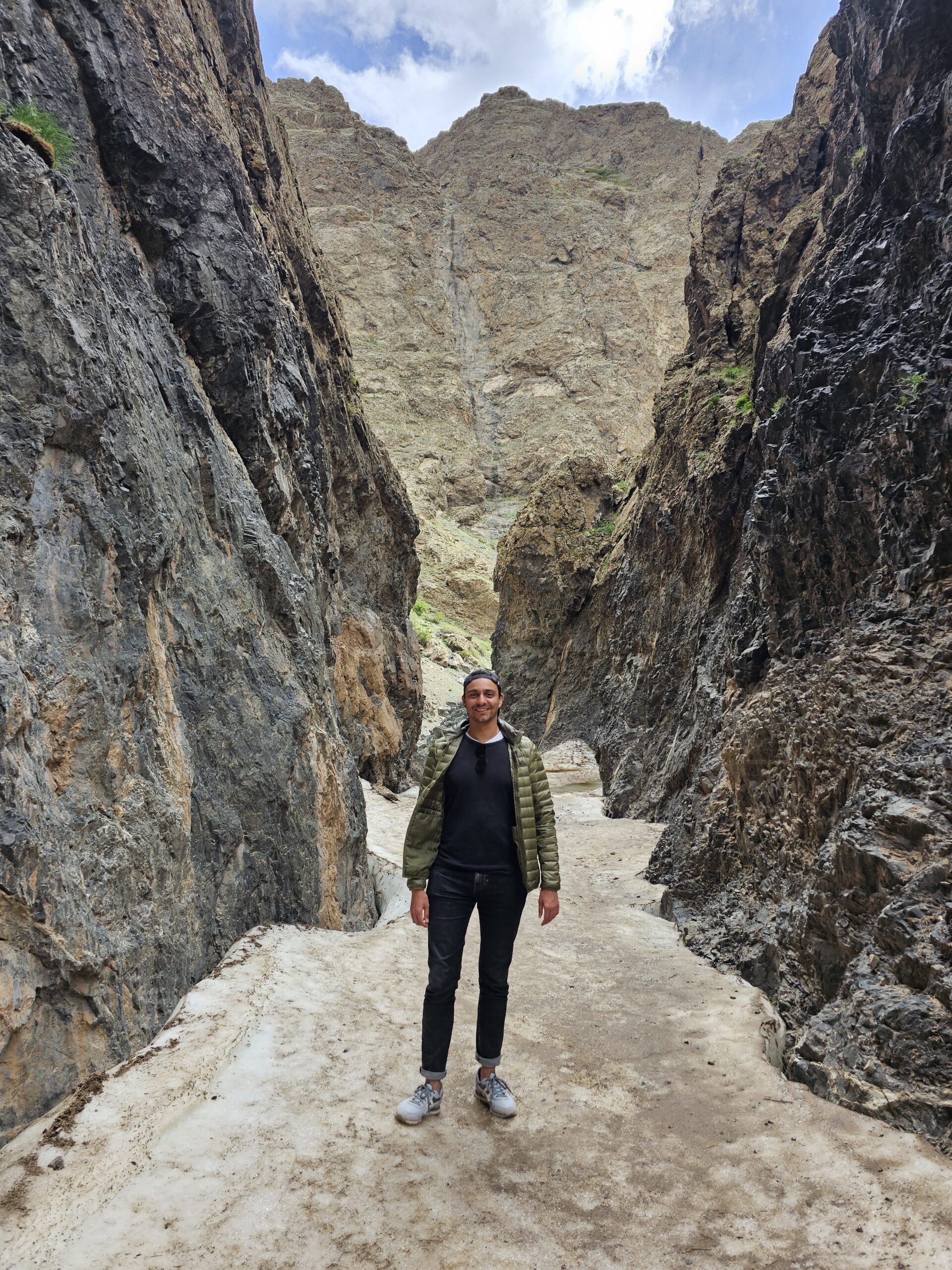
It was interesting that we did see a lot of tourists in Mongolia. By the way, the two biggest tourist groups were Koreans and Germans. Funnily enough, among the Koreans there were also many tourists younger than 30 years old. The average age of the European and American tourists I would have estimated at about 50.
However, let’s go back to the conclusion about this Mongolia trip. All in all, the trip was not bad. We saw beautiful and diverse landscapes, experienced a lot and basically had a good time in Ulaanbaatar. We also liked how cheap Mongolia was. The low prices for food, drinks and hotels are definitely positive.
There were also some things that I did not find so good. First and foremost comes the food. Mongolia is known for its meat-heavy cuisine, consisting mostly of mutton. If you don’t want mutton or other meat of questionable origin, you can go vegetarian, which we mostly did. However, the vegetarian food was tremendously boring and lacking in spices. Most dishes were not even salted.

For vegans, Mongolia will probably be the ultimate challenge and I think I would advise here to bring your own food from home. Mongolians will not understand the concept of veganism. However, as I described above, the food in the tourist gers is not bad and there are some good restaurants in Ulaanbaatar as well.
I still have to say that Mongolia was one of the worst countries for me in terms of food. Probably top3 among the worst countries. On top of that, before my trip I heard from several travelers that they got food poisoning in the Gobi. I hardly like to imagine how the trips on the dirt roads of the desert had been in that condition.
What I also found a bit shocking were the high tour prices. For the three days in the Gobi we paid 1,080 USD per person. Admittedly, the flight tickets were included. Still, I find that a quite high price for the otherwise so inexpensive Mongolia. By the way, I asked several tour operators for quotes and ended up going with Travel Gobi Mongolia.
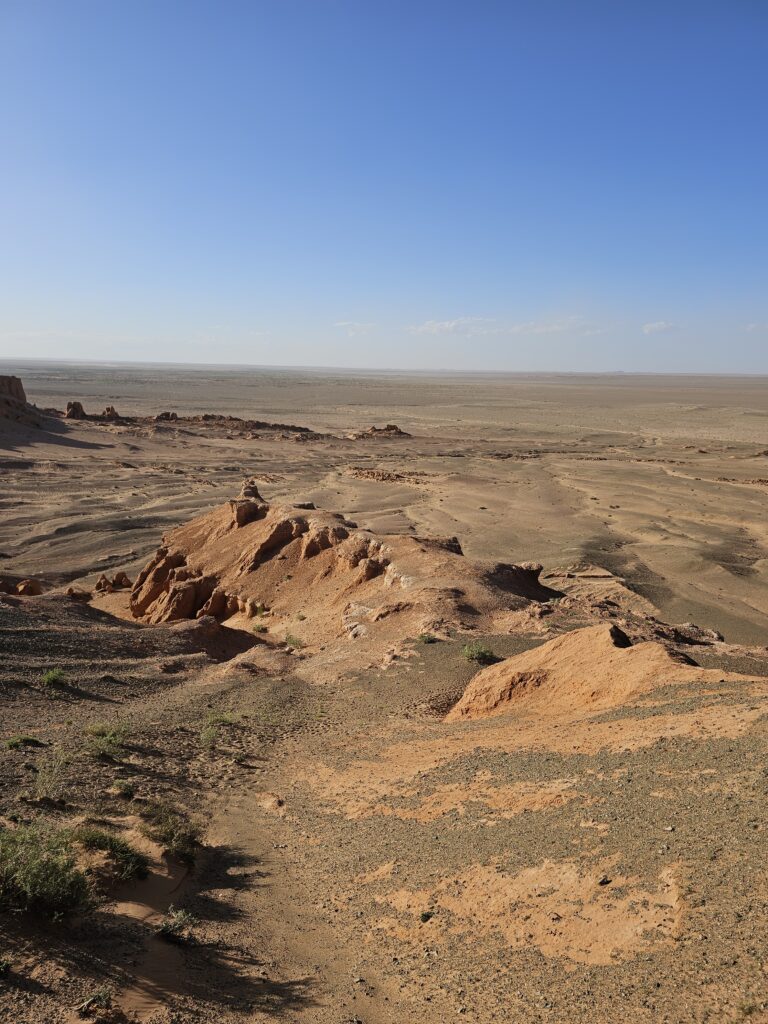
This company was okay, no more and no less. In the Gobi we had a guide who spoke practically no English and was therefore actually a bit useless. Having only a driver would have been just as good. At the same time there was still some organizational issues with the tour operator. So, this company did its job and I can recommend it as long as you don’t want an outstanding one.
Would I go to Mongolia again? To be honest, I don’t think so. I saw all that I was interested in and don’t feel like I missed anything. Maybe my desire will change sometime in the future, but for now I think this was a once in a lifetime trip.
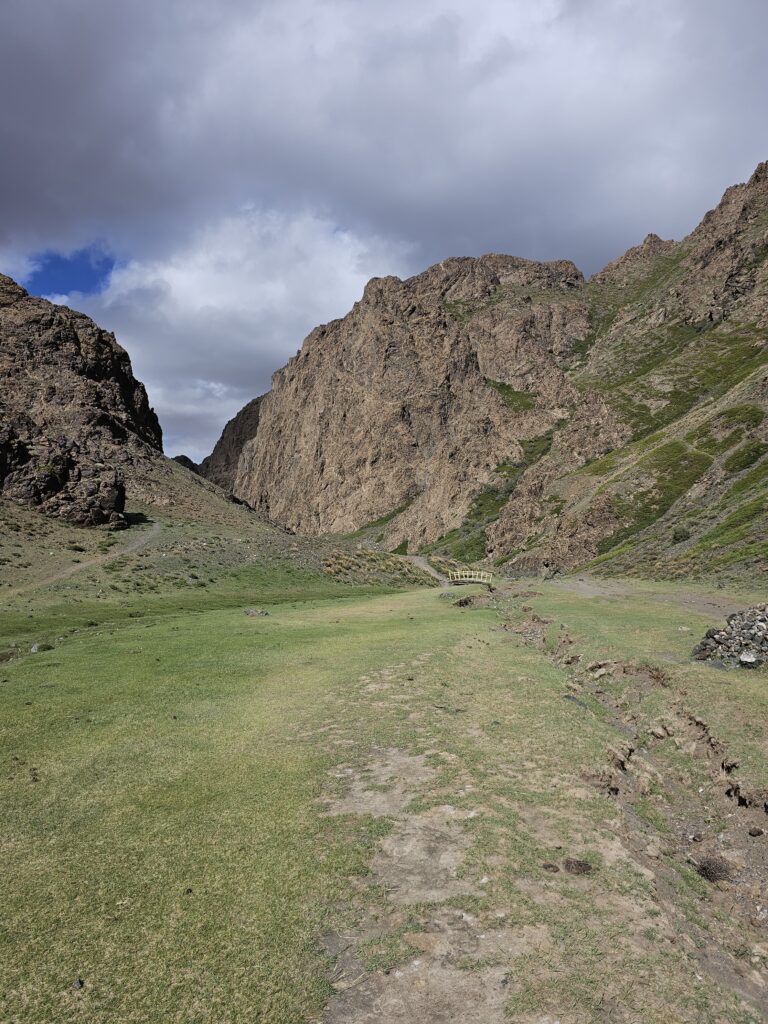
Therefore, when someone asks me if I recommend Mongolia, it depends a bit on what the person has already seen. If someone has already traveled extensively in Central Asia and at the same time doesn’t have the goal of traveling to every country in the world like I do, I would advise against it. After all, this trip would be a bit repetitive to countries like Kyrgyzstan or Kazakhstan. For those who cannot get enough of such types of landscapes, Mongolia certainly has a lot to offer.
Otherwise, another slightly better alternative that comes to mind would be Kyrgyzstan. I would call this country the most similar to Mongolia because of similar landscapes, yurts, horses, eagle hunting, nomadic cultures and so on. In Kyrgyzstan you also travel a lot by car, but you have much more stops where you can see or experience something. In addition, the tours are cheaper, the food better and the climate milder and more pleasant.
Click here to find the trip reports of the 170+ other countries I have visited so far!
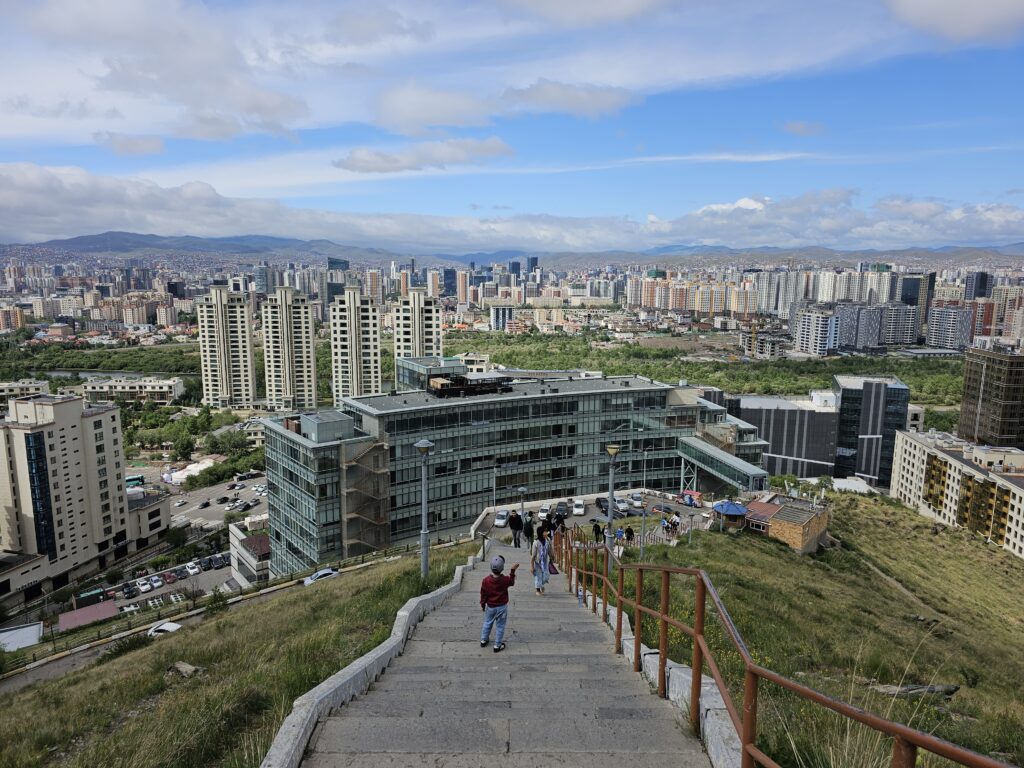
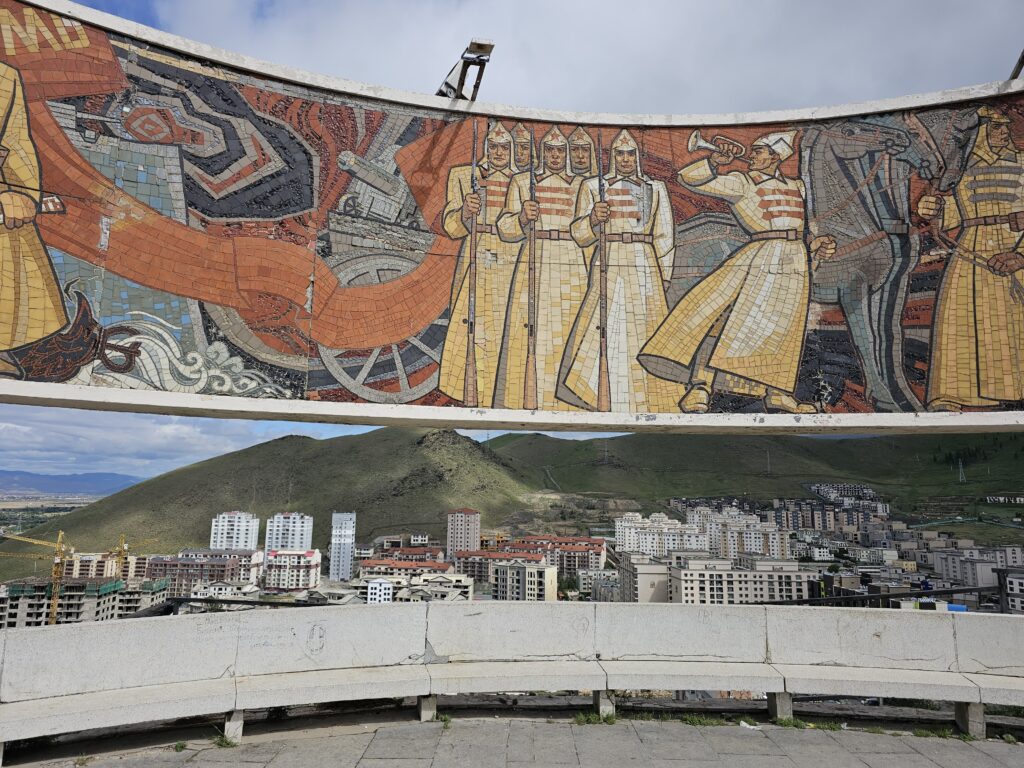
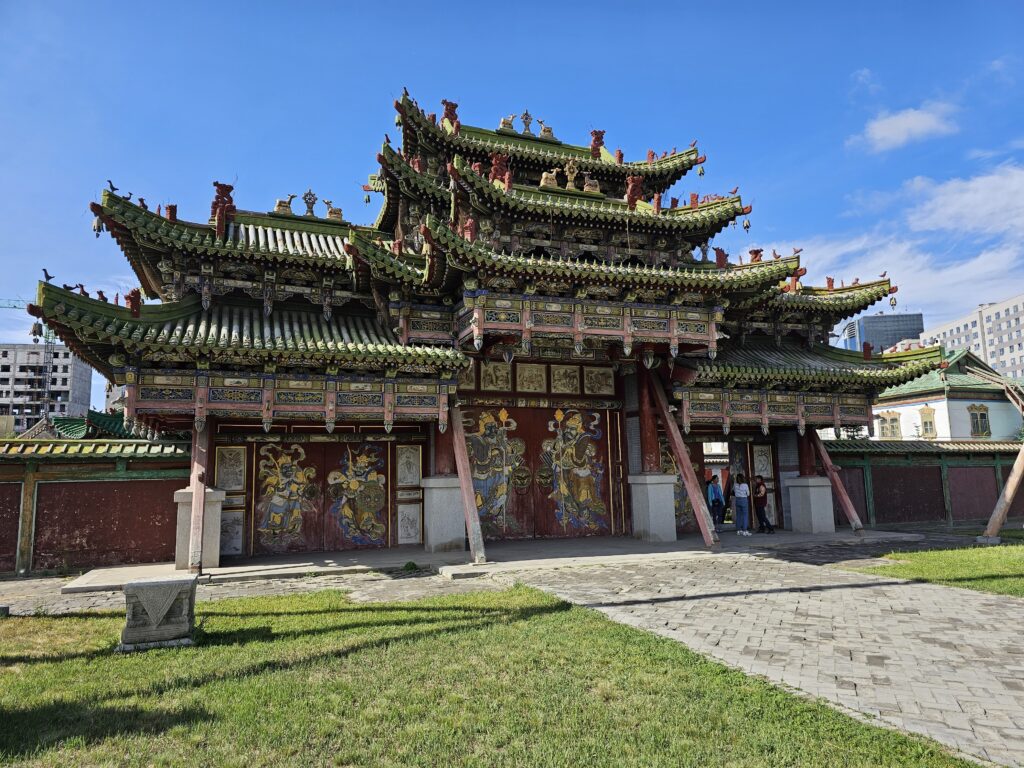
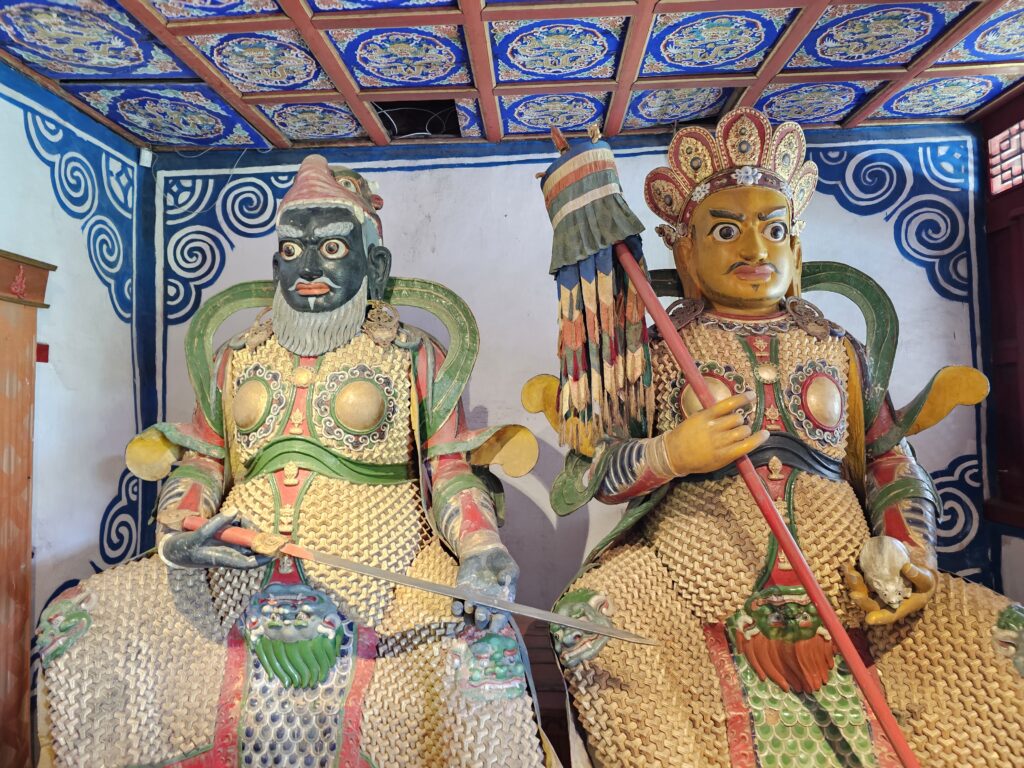
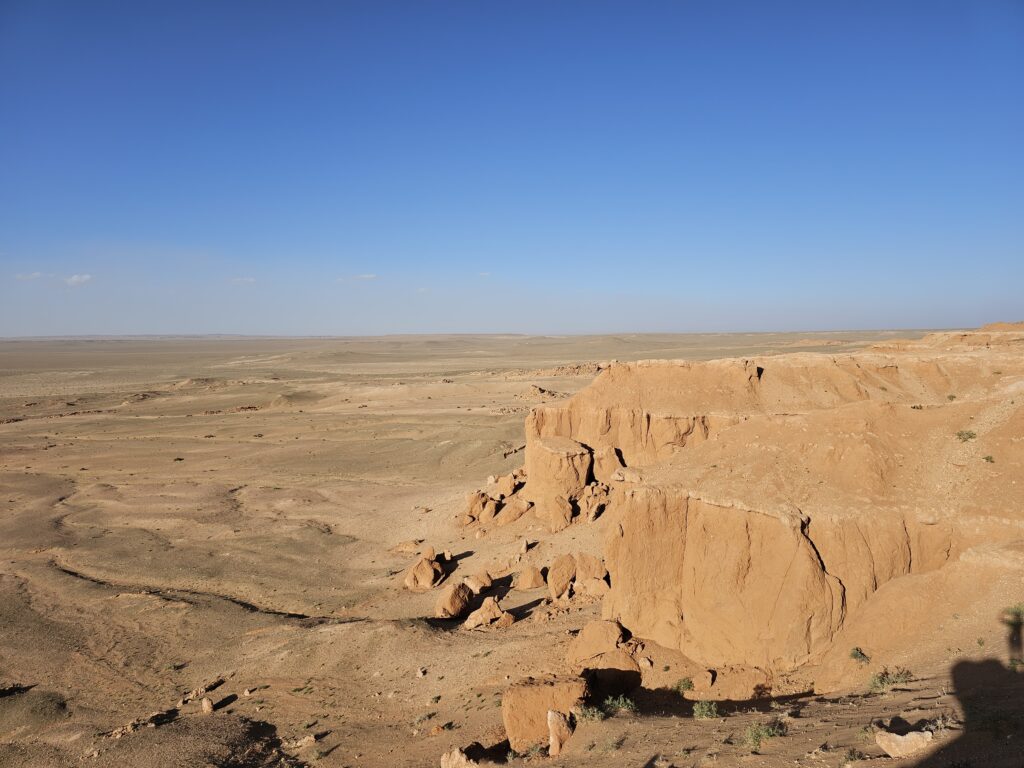
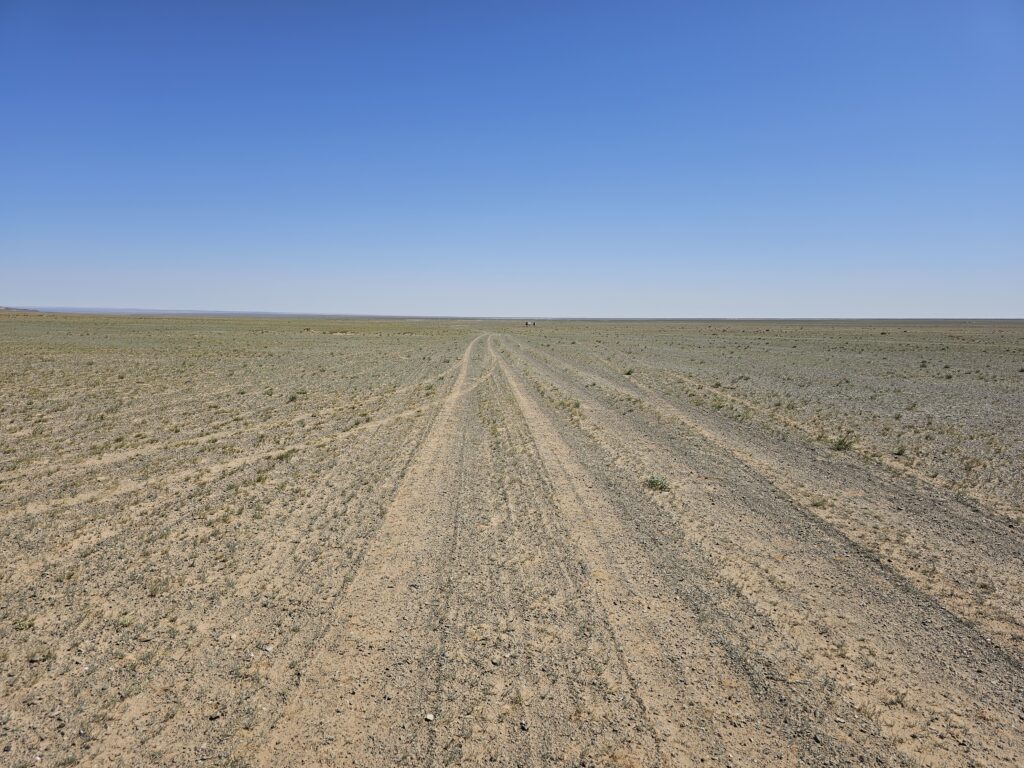
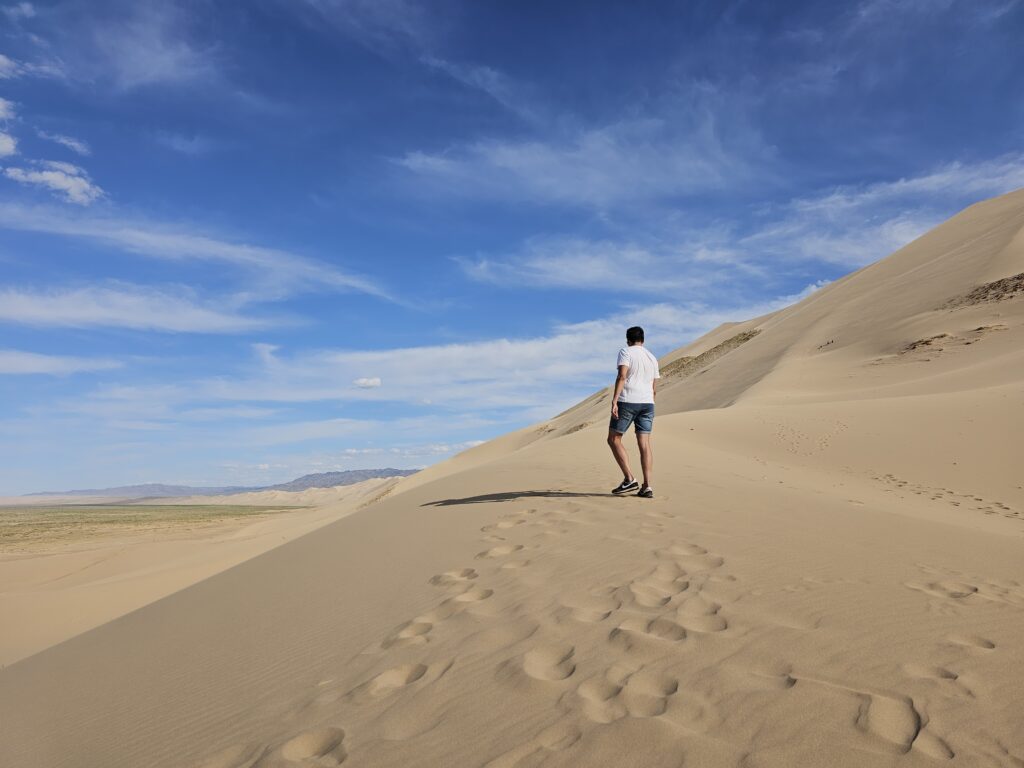
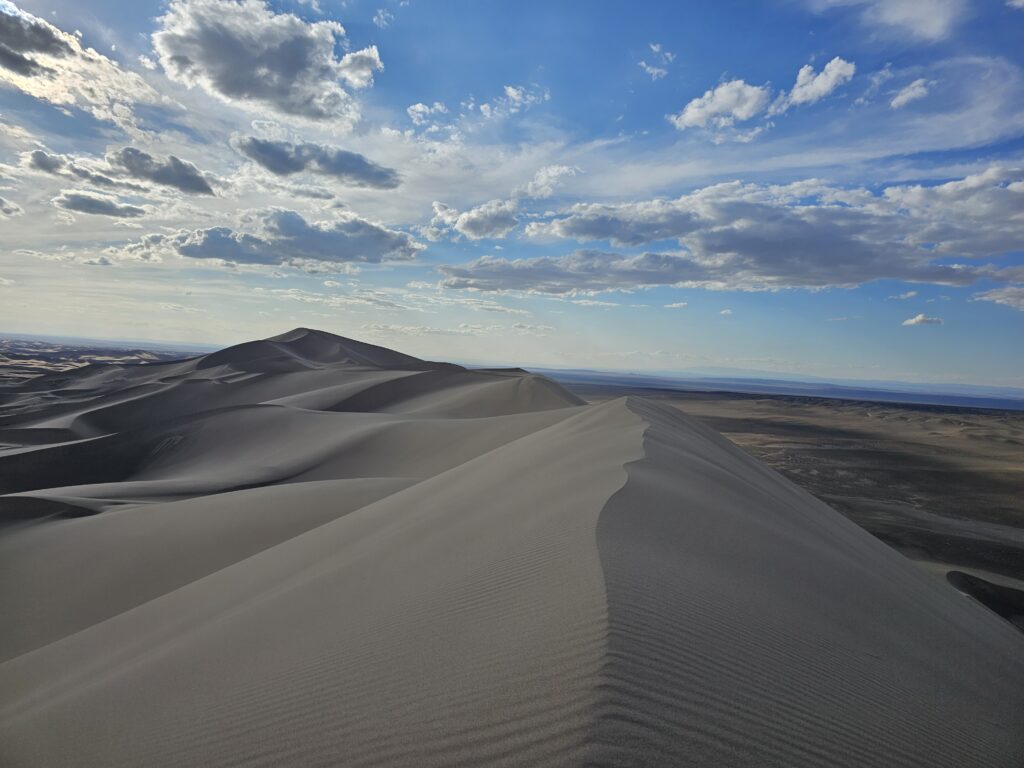
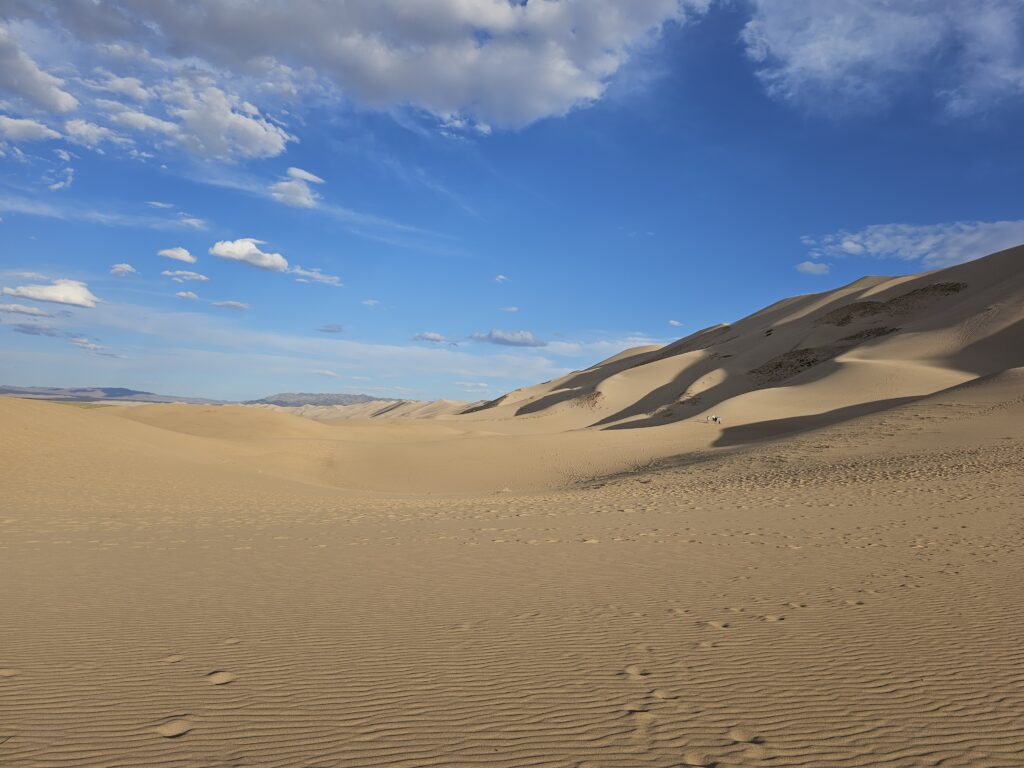
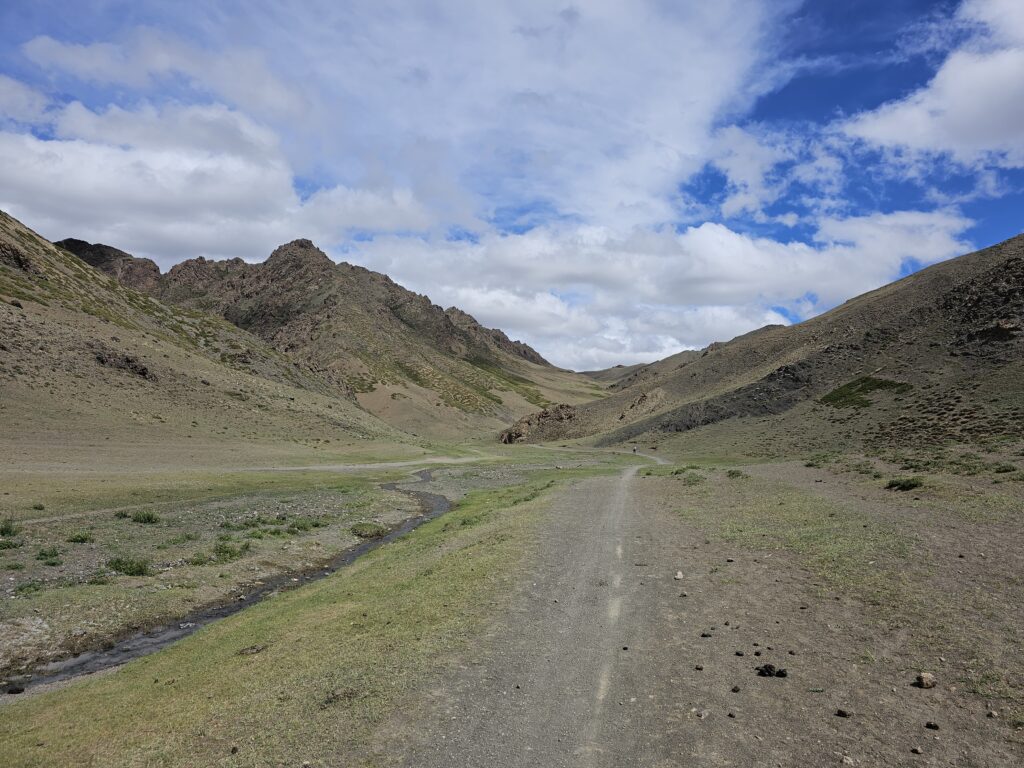
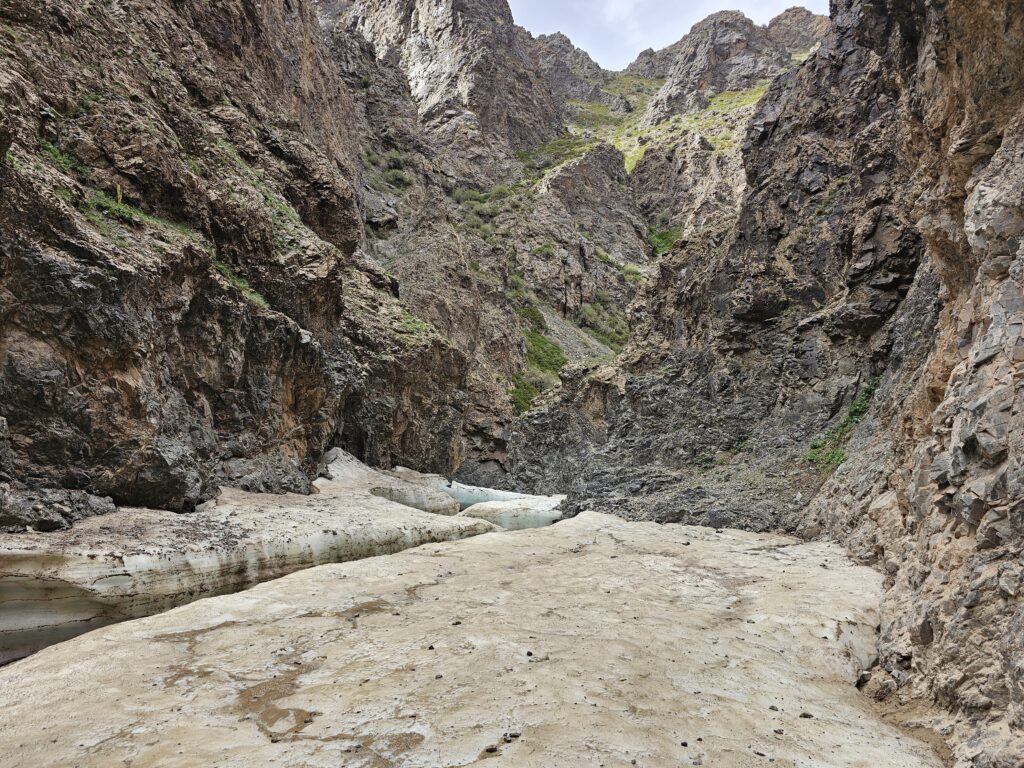
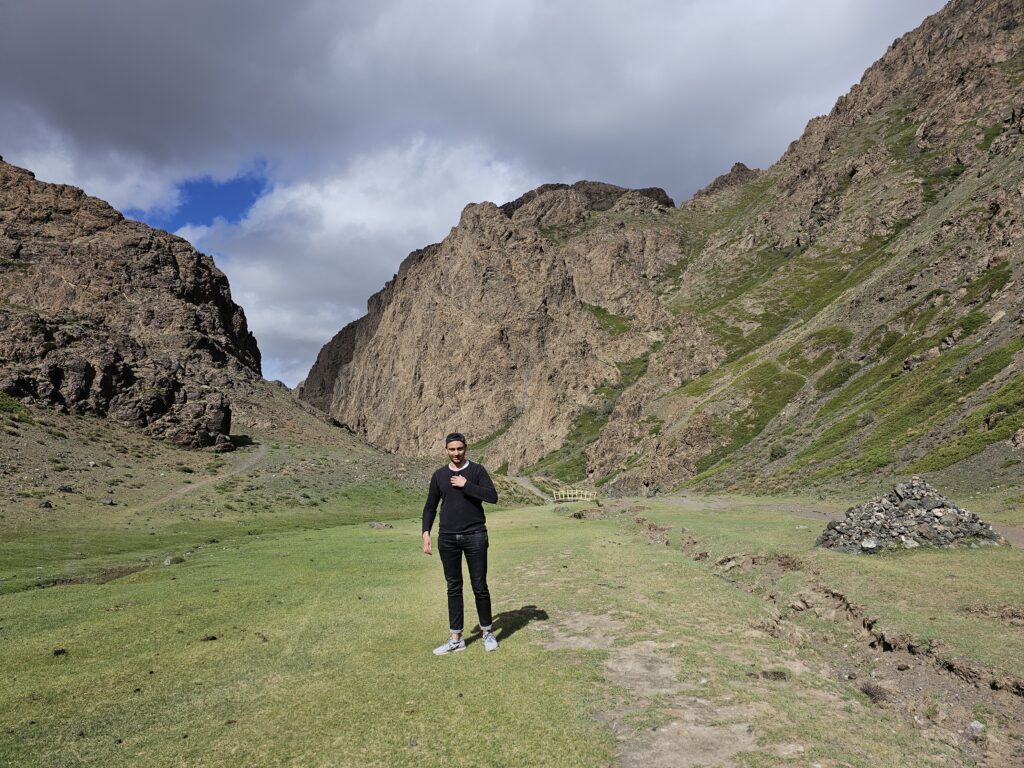
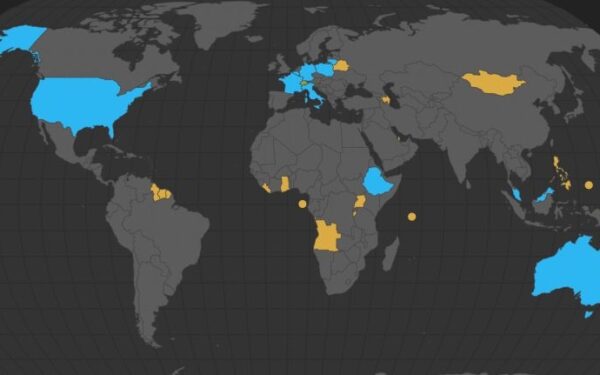
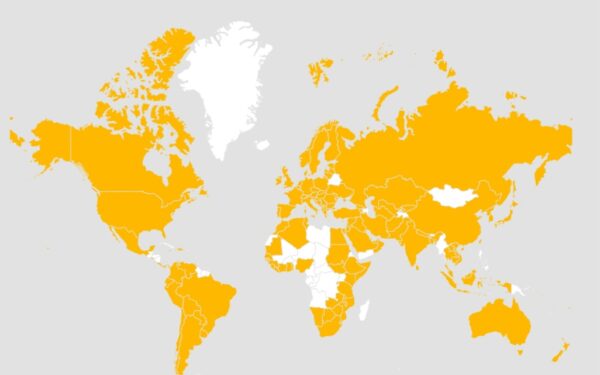
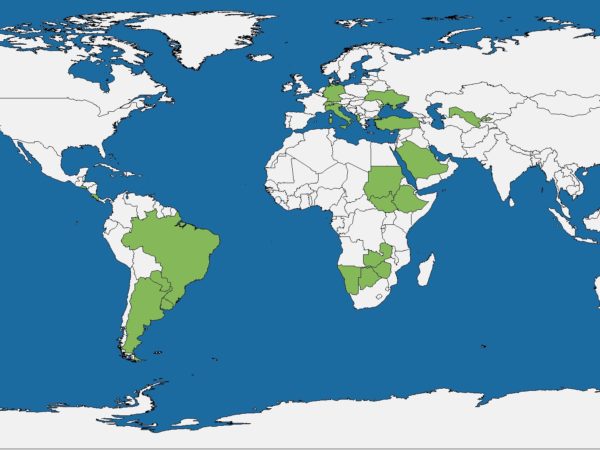
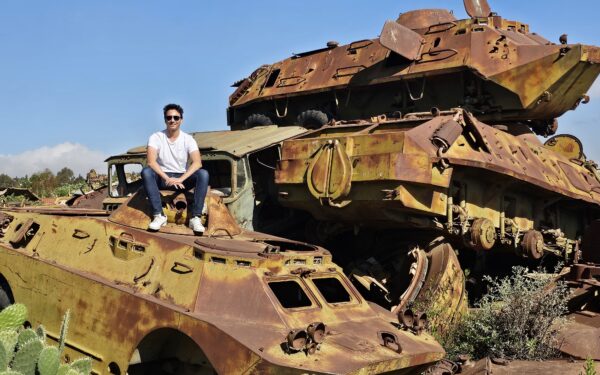
Great summary. Love the photos.
Where to next?